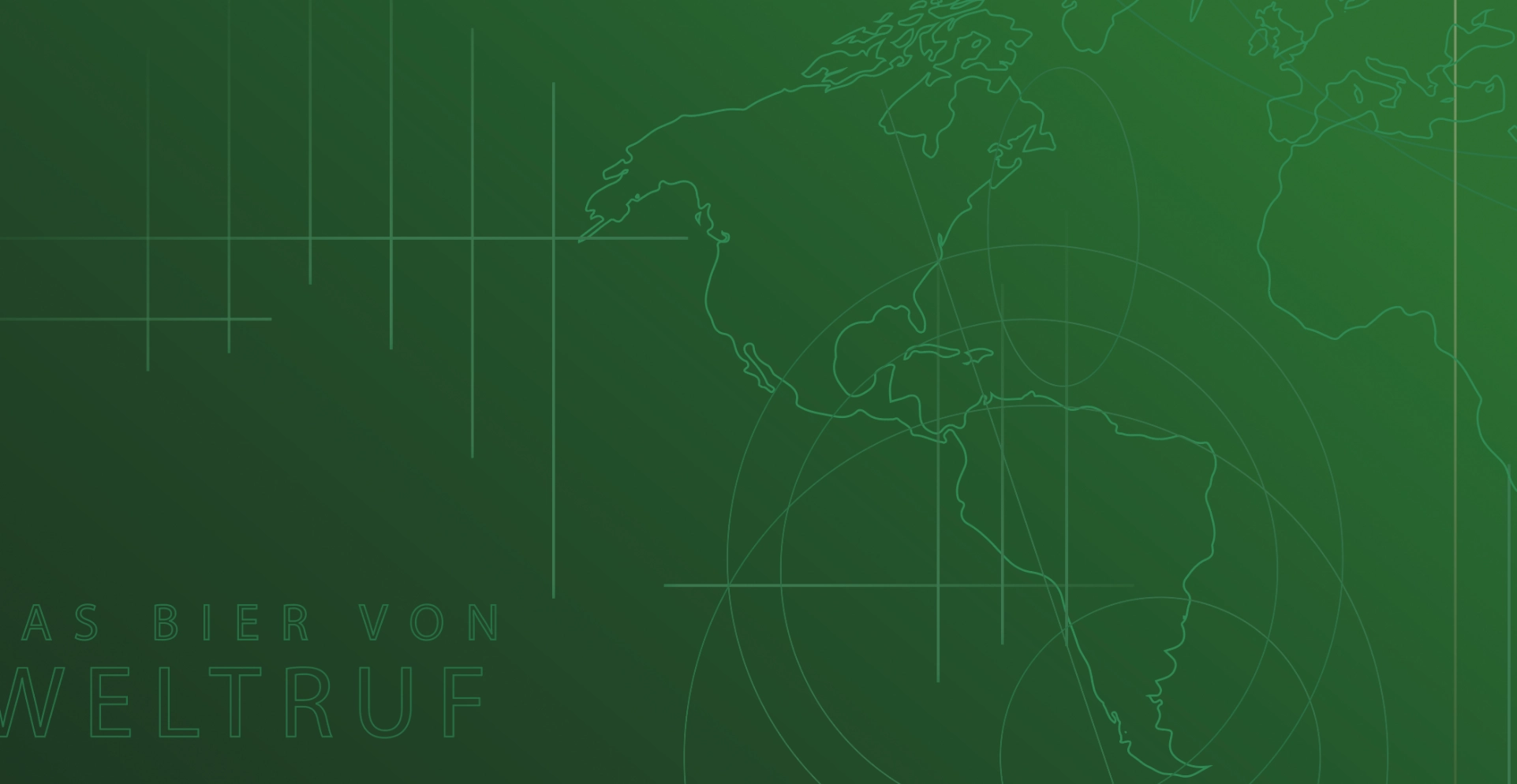Our history isn’t written, it’s brewed.
The growing popularity of DAB beer was no accident but the logical consequence of its high quality, the result of the best possible ingredients and advanced production processes.

The growing popularity of DAB beer was no accident but the logical consequence of its high quality, the result of the best possible ingredients and advanced production processes.